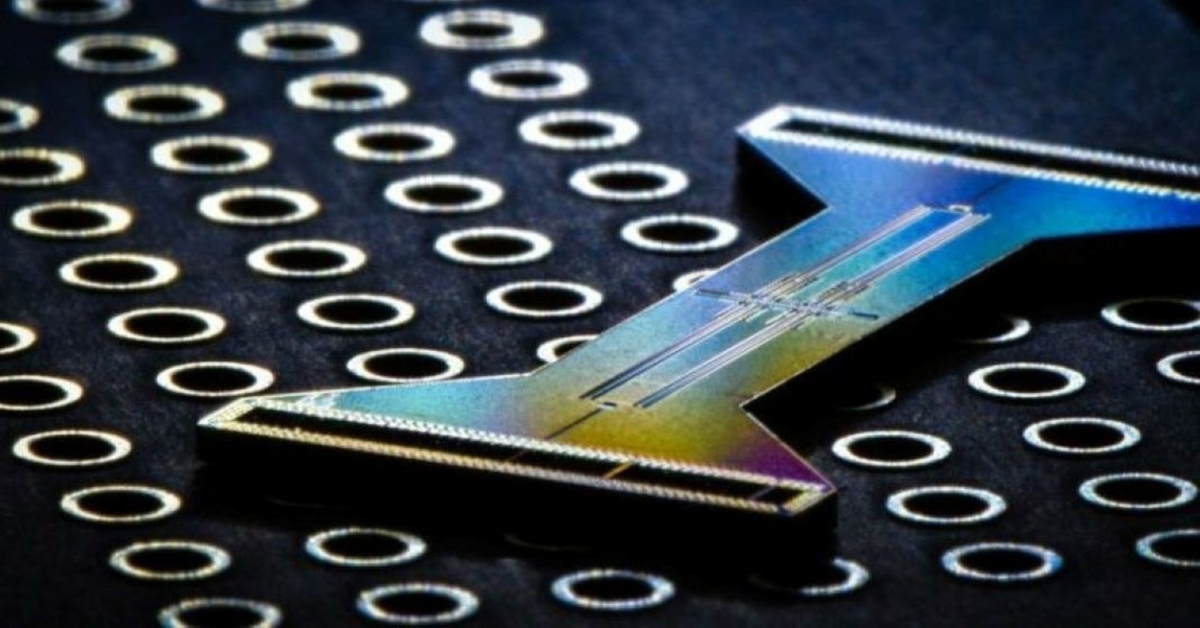Quantum bits, or qubits, are fussy and fragile. While a quantum computer has the potential to solve some problems much faster than a classical computer, its quantum states are too delicate – a fickle environment would unavoidably wreak havoc on the quantum information in the machine, causing the computer to lose its practicality.
Using error-correcting schemes like those in classical computers is unfeasible as making direct measurements would destroy the delicate quantum states and disrupt calculations.
To tackle this quantum conundrum, in the 1990s mathematician Peter Shor wrote a quantum error correction (QEC) code to find out if a quantum error has occurred without actually measuring the state of the qubit itself. Since then, the field of QEC has blossomed and become crucial in building a practical quantum computer.
Now, researchers at Quantinuum have demonstrated a technique that allows errors to be detected in real-time as the quantum computation proceeds. On top of that, error correction can also be done multiple times on a single qubit during the calculation. These two features are key to realising a fully error-tolerant quantum machine that can be scaled up and is practical beyond specialised applications.
But first, how do errors in quantum computers differ from those in classical computers?
Isolating the noise.
Detecting and then correcting a quantum error is not for the faint-hearted.
Two main types of errors occur in a quantum computer: bit flips and phase flips. The former is akin to those in classical computers and correcting them are relatively straightforward: each bit is copied several times, in which a random error (such as a 0 flipping to a 1) can then be recognised and corrected using a simple majority rule.
But as quantum computing harnesses the principle of superposition, an error that causes phases to flip will also interfere with calculations. Attempts to directly detect and correct these errors on a physical qubit also corrupts its “quantumness” – principles used to correct bit flips don’t apply here. To go about fixing this, researchers have proposed to quantum-mechanically entangle several physical qubits to make a single logical qubit. This qubit would then be less prone to errors, with the added benefit of not disrupting quantum information while probing for errors. However, only one round of error correction is allowed for each logical qubit in a calculation and this has generally been retrospective – “noise” is only corrected in a post-processing step.
Entangled qubits stand, divided qubits fall.
Quantinuum’s achievement is groundbreaking as they have shown that it is now possible to perform QEC to detect and correct errors in real-time on a quantum computer.
To preserve the quantum state of qubits during QEC, the research team at Quantinuum use ancilla qubits, whose job is to signal errors in the actual qubits (or data qubits) performing the calculations. An ancilla qubit is entangled with a subset of data qubits, in which the former is measured to infer the state of the latter without causing any disruption to the quantum system. In the research paper led by Dr Ryan-Anderson, the team used ten ytterbium physical-qubit ions to constitute a single error-tolerant logical qubit: seven data qubits entangled with three ancilla qubits.
With this arrangement, the research team could perform multiple rounds of error detection and correction on each data qubit in the quantum circuit, while detecting two distinct types of qubit errors concurrently.
A giant leap for quantum computing.
This research marks a momentous stride towards large-scale quantum computing. But still, more work has to be done to make a practical, fault-tolerant quantum machine a reality.
For instance, as creating logical qubits and applying QEC codes can also create errors in a quantum system, researchers need to formulate better codes that would allow errors to be corrected faster than they are accumulated. Reaching this point of break-even will usher in a new generation of precise and practical quantum computers that can be used to solve big, enterprise-level problems.




































